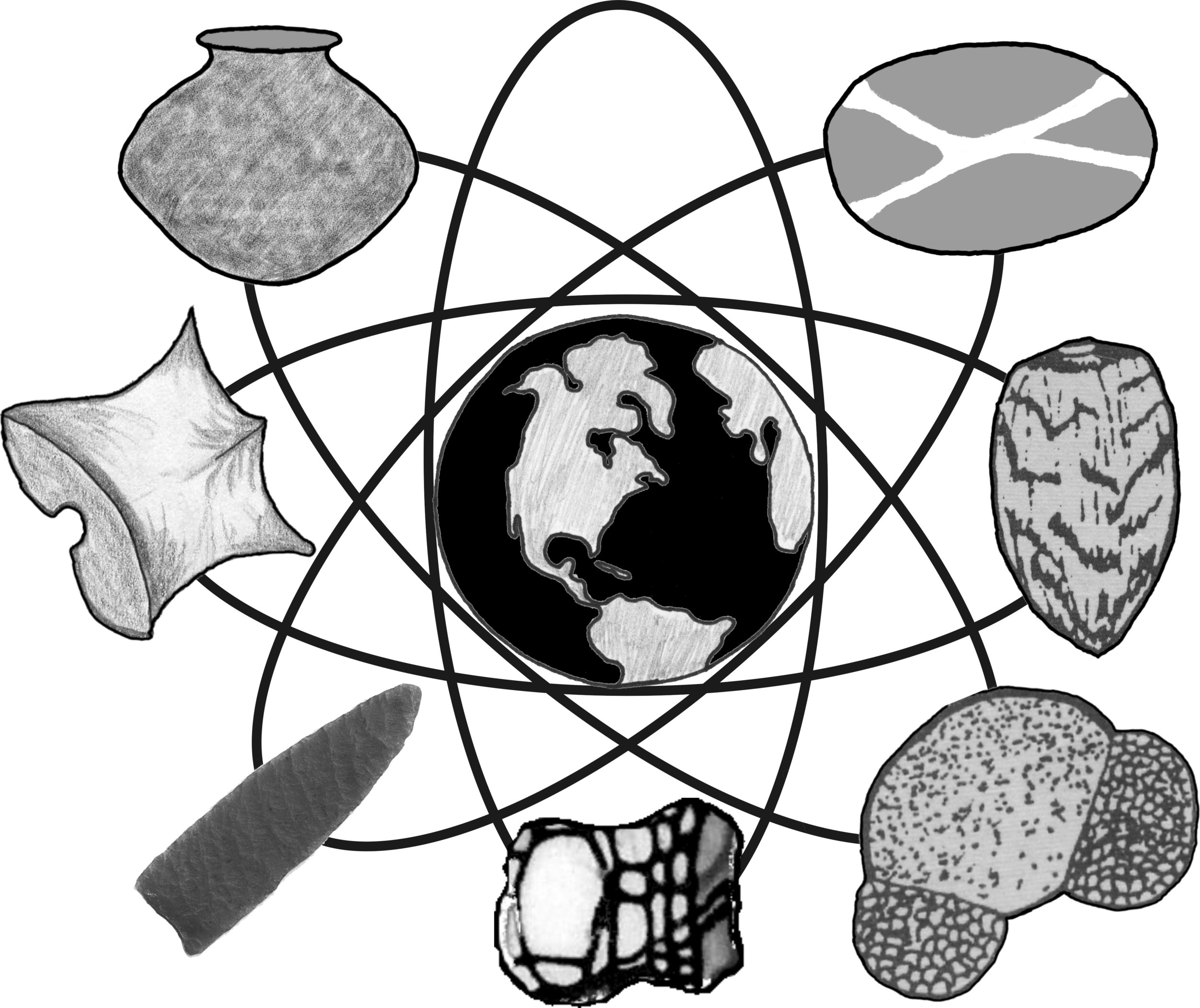Pollen
Pollen analysis can be a good tool for examining the paleoenvironmental and cultural records, including evidence of diet and food processing. Starch analysis is valuable primarily as an additional tool for examining food processing and diet.
Paleoenvironment
Pollen are relatively durable in many sediments, as well as in bogs and lacustrine deposits. Tree (arboreal) pollen, which is released several feet to several dozen feet above the ground, usually travels well on the wind, providing a record of trees growing in the region. In fact, pine pollen is known to travel up to thousands of miles. Shrubs, which are not as tall as trees, release their pollen at a lower level. Although pollen from some shrubs, such as Artemisia(sagebrush) travels well on the wind, this is due, at least in part, to the fact that it grows in areas where wind movement is not hampered by a dense tree growth. Grasses and forbs, which grow even lower to the ground, release their pollen relatively close to the ground. Usually this pollen is not available for wind transport over long distances (tens to hundreds of miles). These are just some of the dynamics that contribute to pollen transport.
Use of pollen as a proxy for past vegetation often provides valuable information concerning the paleoenvironment. Not only can one describe past vegetation; it also is possible to interpret vegetation communities and the associated climatic conditions that might have led to community formation. When interpreted by an experienced palynologist, a stratigraphic pollen record provides information concerning both local and regional vegetation. Therefore, it is important to select an appropriate site to sample. A stratigraphic column inside an archaeological site will reflect intensive activities by human occupants of the site, as well as disturbance caused by long-term occupation. A stratigraphic column collected slightly outside the living area of a prehistoric site often provides a more representative record of paleoenvironmental conditions. Care must be taken to tie the stratigraphic layers to those in the site. Sometimes it is most useful to collect a stratigraphic column within the living areas to examine all of the stratigraphic layers present there.
Food Processing and Diet
The pollen record often has the potential to provide information about how plants were processed for food and medicine, or used for a variety of other purposes. In fact, construction elements of dwellings are sometimes represented in the pollen record, such as pollen from sagebrush used to construct the superstructure of a housepit. The use or processing of plants as foods or medicines is often well represented in the pollen record. In areas with agriculture,Zea mays (corn, maize) pollen is often noted in samples from floors, niches, benches, storage pits, near hearths, in hearth deposits, and in washes of ceramic vessels and groundstone, to mention but a few locations. Pollen from gathered plants such as Cheno-ams, Cleome(beeweed), Opuntia (prickly pear cactus), and a large variety of other plants often is either present or present in an elevated frequency in areas used for food processing activities.
One method of identifying food processing areas within any bounded space (structure, room, patio, etc.) is to grid the floor and collect samples from each grid, noting proximity to features. This provides a map of evidence of plant use across the floor. We have found that pollen analysis of compacted floor sediments is more productive than macrofloral analysis; although for floor fill, which is looser, both pollen and macrofloral analyses are productive and complementary, rather than duplicating information.
Washing groundstone provides a much more direct measure of plant processing than does collection of sediments beneath, or next to, groundstone. We have developed methods of washing groundstone that minimize recovery of post-depositional sediments, thus reducing their added background signature. Groundstone, ceramic sherds, and vessels should be submitted to PRI for washing whenever possible to recover the pollen, phytoliths, and starches that reflect plant processing. We also recommend that you collect and submit sediment samples to be used as controls.

